| Structure | Name/CAS No. | Articles |
|---|---|---|
 |
Ethanol
CAS:64-17-5 |
|
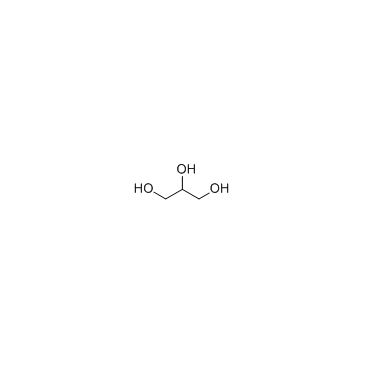 |
Glycerol
CAS:56-81-5 |
|
 |
Disodium hydrogenorthophosphate
CAS:7558-79-4 |
|
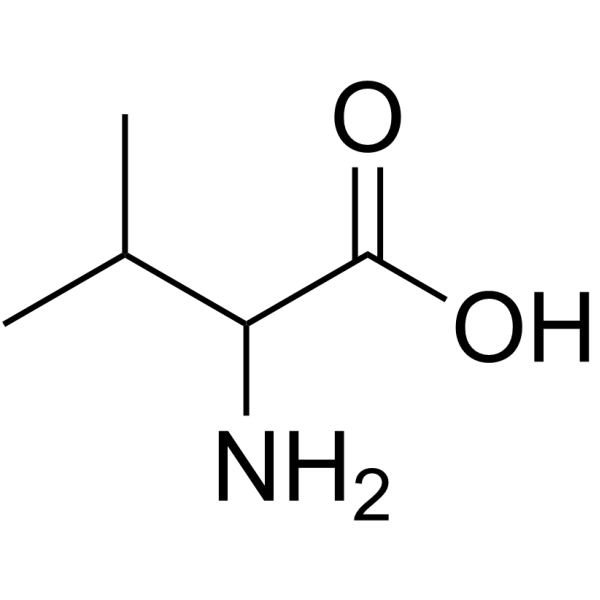 |
DL-Valine
CAS:516-06-3 |
|
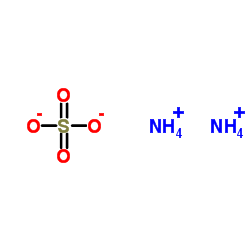 |
ammonium sulphate
CAS:7783-20-2 |
|
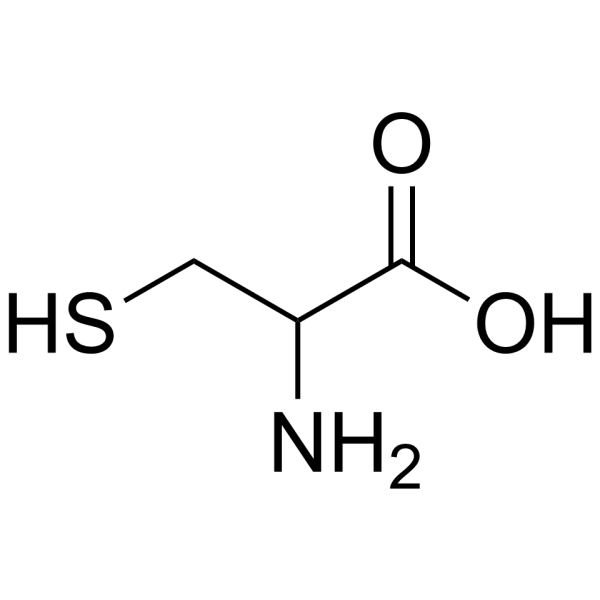 |
DL-CYSTEINE (1-13C)
CAS:3374-22-9 |
|
 |
L-Isoleucine
CAS:73-32-5 |
|
 |
DL-Serine
CAS:302-84-1 |
|
 |
Ergosterol
CAS:57-87-4 |
|
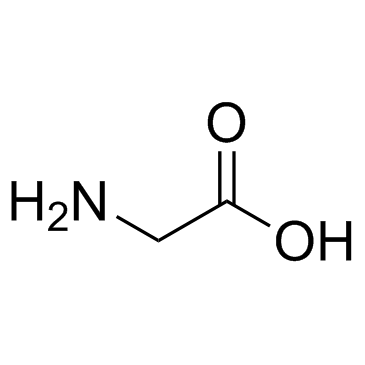 |
Glycine
CAS:56-40-6 |